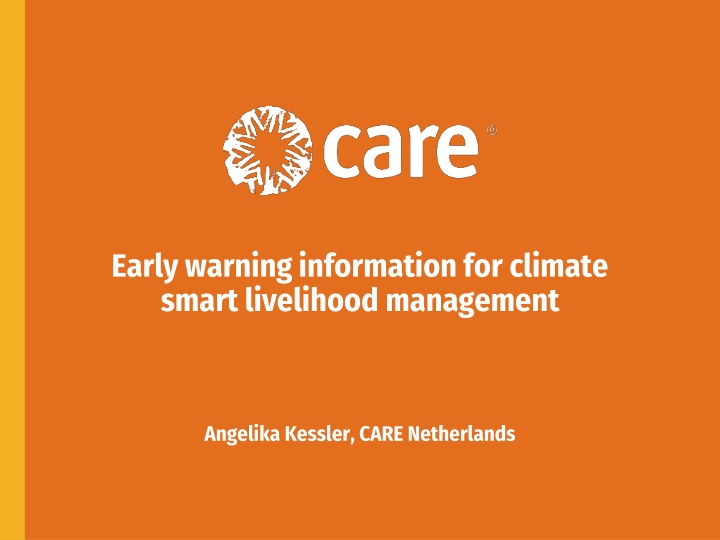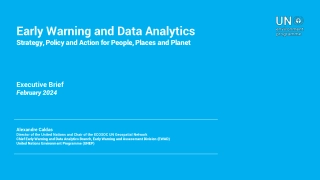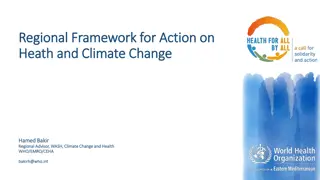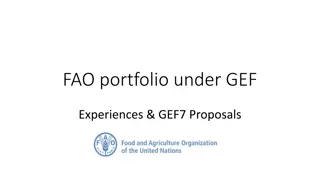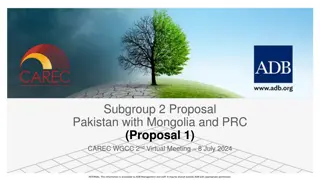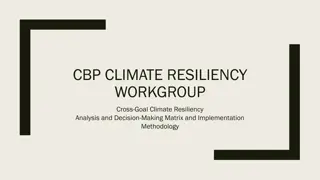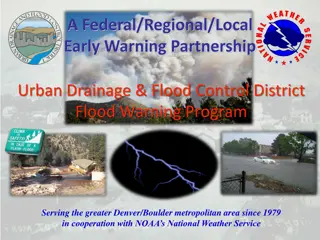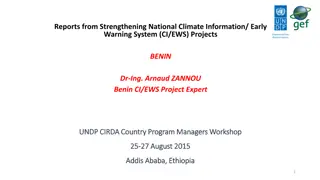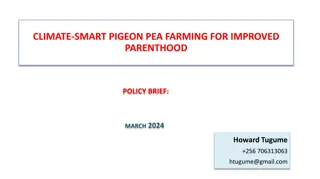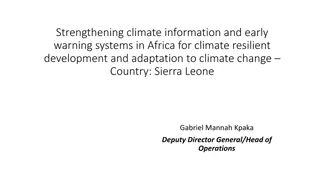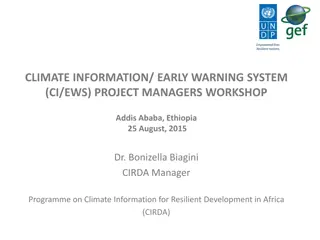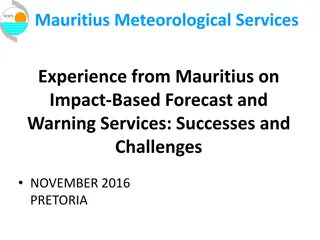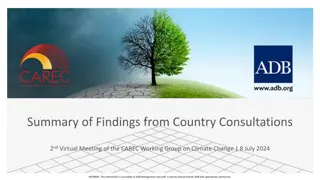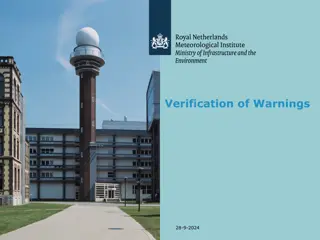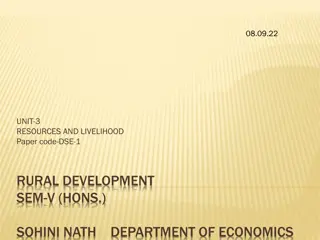Early warning information for climate smart livelihood management
Data-driven strategies for disaster prevention and food security through climate smart livelihood approaches. Insights on early warning systems, disaster management, and weather applications for resilience building in Mali. Addressing uncertainty in climate prediction and the significance of early warnings for vulnerable communities, leading to safer and more productive agricultural practices. Successes in seed soaking techniques enhancing germination and harvest yields.
Download Presentation

Please find below an Image/Link to download the presentation.
The content on the website is provided AS IS for your information and personal use only. It may not be sold, licensed, or shared on other websites without obtaining consent from the author.If you encounter any issues during the download, it is possible that the publisher has removed the file from their server.
You are allowed to download the files provided on this website for personal or commercial use, subject to the condition that they are used lawfully. All files are the property of their respective owners.
The content on the website is provided AS IS for your information and personal use only. It may not be sold, licensed, or shared on other websites without obtaining consent from the author.
E N D
Presentation Transcript
Early warning information for climate smart livelihood management Angelika Kessler, CARE Netherlands 1
Data flow and the reaction for prevention and response to disasters Data collection from Community Level Upto Regional level for food Security Including climate Seasonal forecast Prevention by adaptation through Climate Smart Livelihood strategies at farm and community level Fore- cast based action (FbF) Early warning systems responses Bi-weekly forecast 72 h 2
Early warning systems in Mali Food security and disaster management Harmonized framework CARE's participation in RPCA: food crisis prevention network and PROGECC Local and international weather Applications like STAMP + from SNV / GARBA 3
How do you deal with uncertainty in climate prediction? - The 72 hour and fortnightly alerts are relatively safe. - Contract with the weather services on site - Satellite photo on biomass by ACF - For herders 4
How early warnings contribute to the climate resilience of vulnerable people? Weather forecast 10/14 Days 72 hour alerts Info from disaster warning systems predict a fairly heavy rain for the semi at least 48 hours in advance Seed soaking, sowing wet seed, faster and safer germination, also allows to harvest in a short season and with a safer harvest. Motorized sowing with the tiller for sowing For agricultural measurements during the season 5
Results and successes Soaking seedlings allows: to ensure the germination of seedlings (less loss of seeds) less water / lower rainfall needed for a good start enhance the whole rainy season for a better harvest Have safer and higher harvests safer harvests justify the investment in the mechanization of seedlings by a tiller 6
Inclusion (gender and professions) Professions - Fishermen need different weather forecast than farmers - Pastoralists also need different forecasts (from farmers and fishermen.) Some weather information is important for health services. Gender Women need the weather forecast for 1) their household activities (drying clothes) 2) their income- generating activities: - Drying of fish, vegetables, cassava, bark etc. - Garden (sowing for which crops, which vegetables to provide etc.) 7
How does the approach build confidence? Good results for pilot farmers Cooperation with applied research, in particular IER in Mali Field school for the extension of good practices in the application of weather information Individual decision by farmers to use the information or not PLACE PHOTO HERE. GO TO VIEW > SLIDE MASTER > SELECT THIS SHAPE AND THE CARE LOGO > COPY > GO BACK TO NORMAL VIEW > PASTE THIS TEMPLATE WHERE YOU WANT > SHAPE FORMAT > SHAPE FILL > PICTURE > BROWSE FOR PHOTO > INSERT > PICTURE FORMAT > CROP > FILL > ADJUST IMAGE SIZE AND PLACEMENT > DELETE THIS TEXT! 8
Community level data collection The farmers observe: reduced rain more floods On the one hand to confirm the forecast, on the other hand to improve the weather models. 9
Thanks a lot Questions? 10
